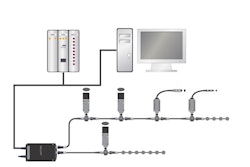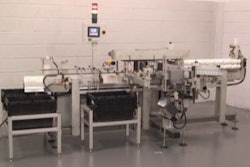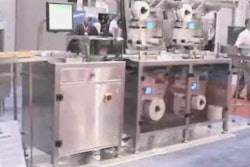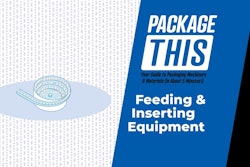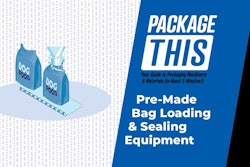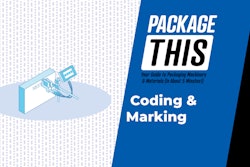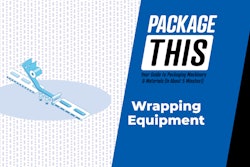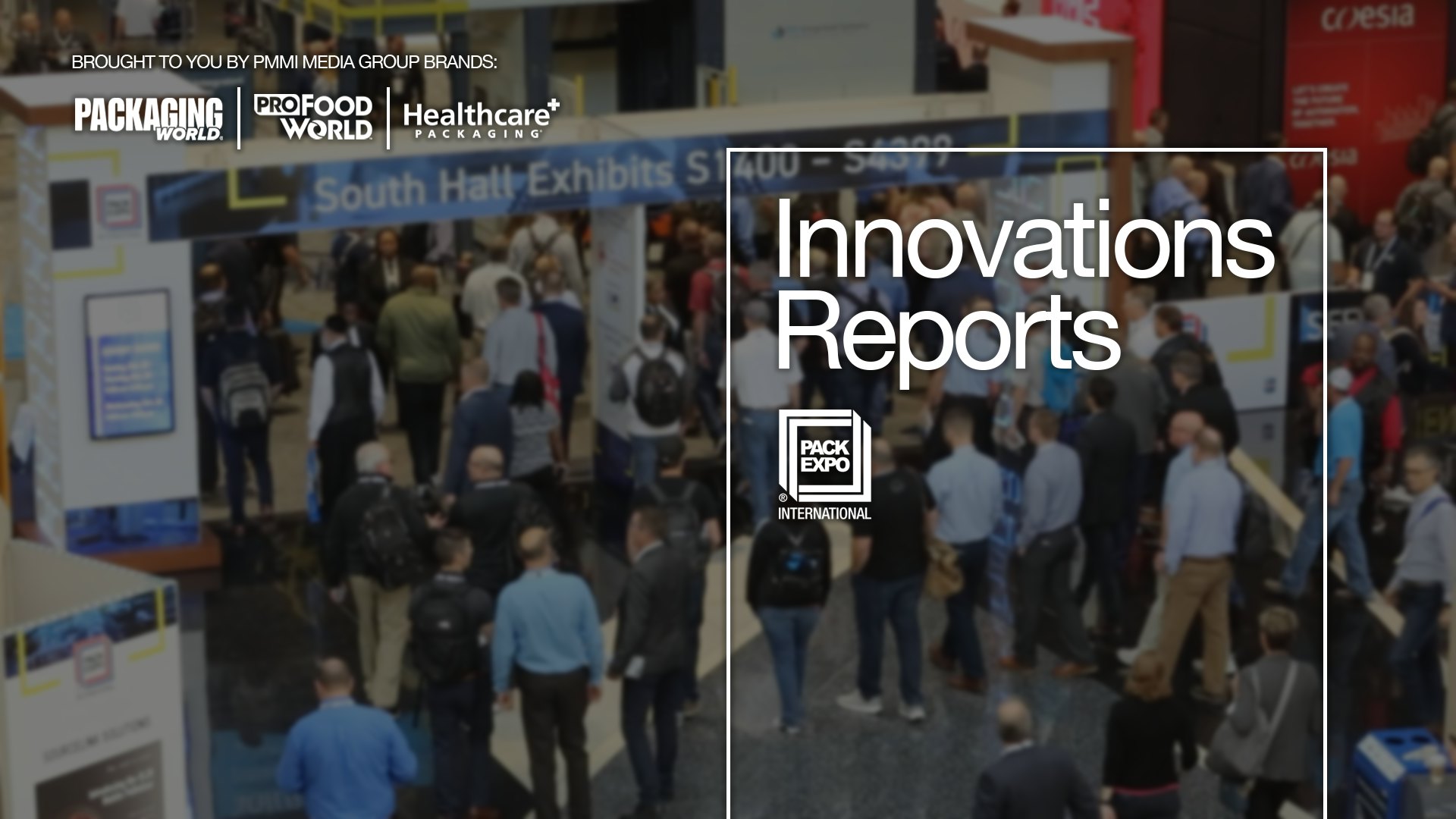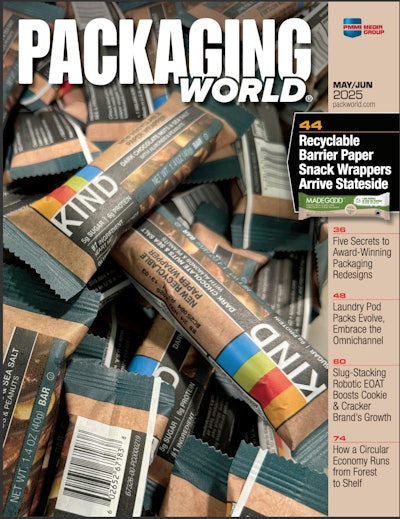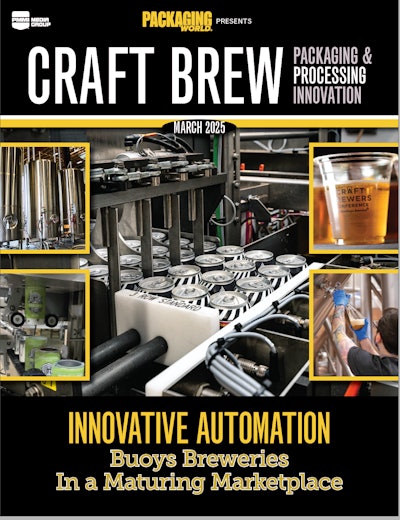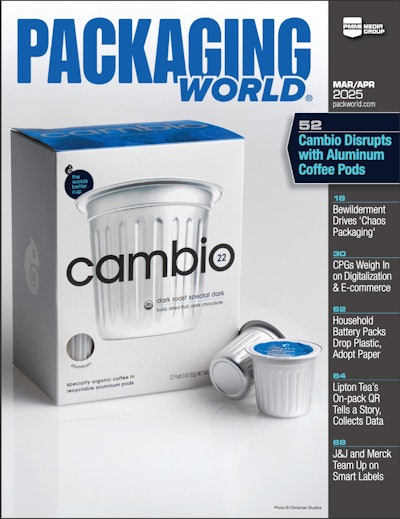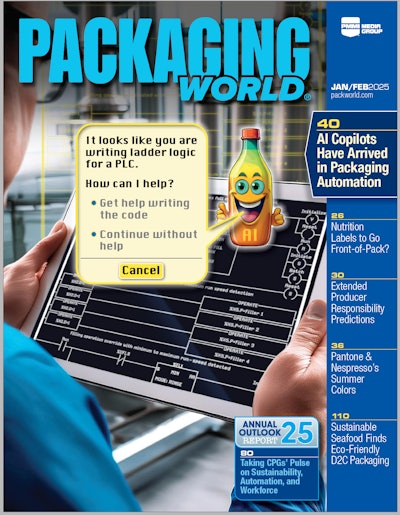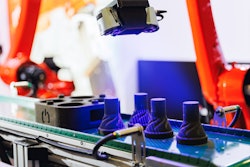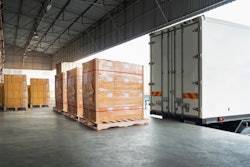
Radio frequency identification (RFID) is a cool technology. However, recent efforts to use RFID to improve supply chain visibility of groceries and consumer packaged goods are proving to be misguided. Our packaging laboratory was one of the early leaders in RFID research. We spoke at symposia on RFID. We authored papers and a book chapter on RFID. With all of this involvement in RFID you might think that I would be a strong promoter of RFID, but you would be very wrong.
The reality is that RFID is too complex, too expensive, and too environmentally unfriendly for broad application for high-volume, relatively low-value goods. Even at the holy-grail value of $0.05 per tag, RFID will still be at least prohibitively expensive. Since Wal-Mart has been the primary driver of RFID, and since Wal-Mart will not accept price increases from manufacturers to recover even basic RFID inventory costs, let alone amortize enormous R&D and infrastructure investments, RFID tag appliers are left looking for ways to benefit from the technology. Early on, I was eager to help companies find those benefits, but the reality has long since dawned on me that we might have better results searching for Big-Foot in the Smoky Mountains of North Carolina. Wal-Mart seems to be blindly addicted to RFID. In my opinion, it is time for Wal-Mart’s vendors to let Wal-Mart know that they intend to kick the RFID habit.
On one hand, RFID and Wal-Mart have provided two major benefits for industry. First, RFID showed it’s not only possible to uniquely identify every item in the supply chain, but that there are real benefits in doing so. Second, by getting everyone on the bandwagon, we now have solid sets of international standards for data and data sharing. But radio waves and all of their related cost, complexity, and environmental issues are unnecessary to realize these benefits.



